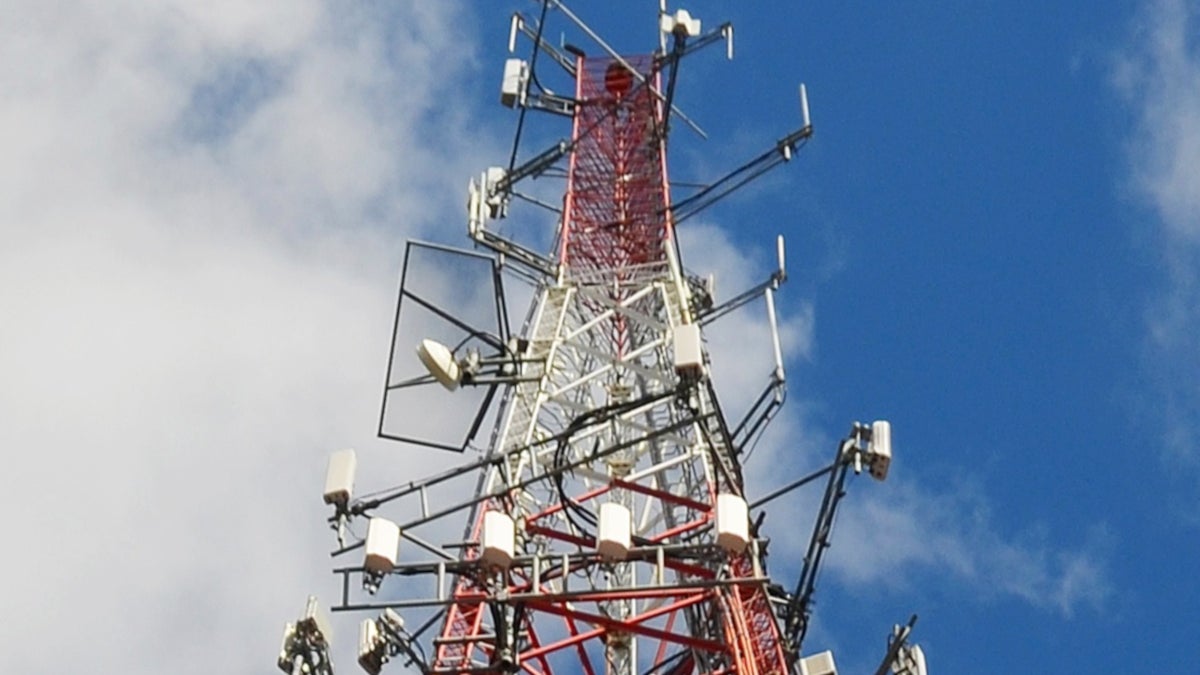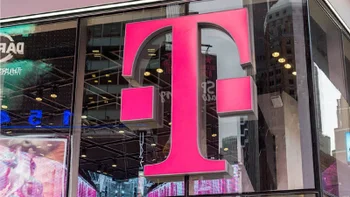Sharing spectrum could be a game changer for wireless operators in the U.S.

Mid-band spectrum is at a premium in the U.S., and purchasing low-band airwaves is rather expensive. You might recall that two years ago, T-Mobile spent nearly $8 billion to win 31MHz of 600MHz spectrum in an FCC auction. That turned out to be a very wise move for the carrier since earlier this month it flipped the switch on the first nationwide 5G network in the states using this spectrum. Dish Network was next, spending $6.2 billion for a chunk of 600MHz airwaves.
Now, according to The Wall Street Journal, the government is looking to reduce the costs of purchasing spectrum by offering a plan that allows some carriers to share these airwaves with the U.S. Navy. Back in September, the FCC allowed some companies to use the Citizens Broadband Radio Service (CBRS). Any company registered to use CBRS can do so without shelling out for a license. The drawback (and the gamble) is that the Navy and companies willing to pay for a license get first priority. But this is a crapshoot that many wireless operators are willing to take because the cost of licensing spectrum is in the tens of billions of dollars.
CBRS uses Band 48. Phones like the Apple iPhone 11 series, the Google Pixel 4, Pixel 4 XL, LG G8 ThinQ, LG G8X ThinQ, LG V50 ThinQ 5G, OnePlus 7 Pro, OnePlus 7T, Samsung's 2019 flagships, and the 5G Moto Mod are all certified for use over Band 48. This band is used for CBRS and is a 150MHz wide section of the 3.5 GHz band (3550 MHz to 3700 MHz).
Sharing CBRS could help rural carriers offer 5G service to their customers
Sharing spectrum requires that a company like Federated Wireless Inc. get involved. Federated is a member of the CBRS Alliance. Federated CEO Iyad Tarazi says that his company gets paid small fees from cable companies, cellphone carriers, and rural broadband services to use its system allowing firms to share spectrum. The government is looking to make it less costly and time-consuming for smaller companies to offer 5G service. For example, most cable firms selling wireless service rely on a combination of Wi-Fi and MVNO deals with large carriers to deliver wireless to its customers. The MVNO contract allows the cable company to sell wireless service without owning a mobile network. Instead, the cable company leases towers from one of the four major carriers and sells the service to consumers.

The use of CBRS could lead to a major change in the way spectrum is distributed in the U.S.
Let's take an even closer look at how this works. Take Xfinity Mobile for example. With 18 million Wi-Fi hotspots throughout the country, Xfinity Mobile members can often find a Wi-Fi connection for service. In areas of the country where there are no Xfinity Wi-Fi hotspots, customers connect to the Verizon network thanks to an MVNO agreement that Comcast has with the nation's largest carrier. CBRS could end up replacing the use of Wi-Fi hotspots. CBRS is more flexible as pointed out by Charter wireless-network chief Craig Cowden who says, "CBRS really takes advantage of the best of both worlds. If you’re talking about true mobility—walking, driving—CBRS is ideal." Charter is currently testing cell service using the 3.5GHz CBRS band in New York and Los Angeles.
Some larger carriers like AT&T are waiting for the FCC to auction off priority licenses
Some wireless operators say that they prefer to hold off on getting involved in CBRS until the government auctions off priority licenses. AT&T says that it would rather wait so that it can be guaranteed of having the best possible signal. Remember, the Navy has first crack at these airwaves at any time followed by those who pay (like AT&T wants to do) for "priority access licenses." The last tier is called "general authorized access" and without a license, those companies registered to use it might have their signals degraded by heavy traffic.
The licenses for the middle tier are auctioned off, similar to how carriers traditionally acquire newly released spectrum. The bottom tier is like Wi-Fi in that any compatible device can access the airwaves. The experiment is intriguing and could help rural carriers offer 5G service to its customers. It also might help cable companies provide more competition to wireless operators by allowing them to use a combination of MVNO, Wi-Fi and CBRS connectivity. This could work as long as other wireless firms aren't against sharing airwaves like AT&T is.
Follow us on Google News













Things that are NOT allowed:
To help keep our community safe and free from spam, we apply temporary limits to newly created accounts: